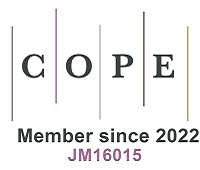Tailoring mesoporous materials for catalysis: design, functionality, and future trends
Abstract
In the past five years, significant progress has been made in the synthesis of mesoporous nanoreactors through advanced interfacial engineering strategies. Researchers have explored a range of methods, both bottom-up and top-down, to achieve precise structural control, enabling the creation of functional mesoporous materials with tailored composition, morphology, pore size, and mesostructure. These developments have laid the foundation for a wide array of novel applications, particularly in catalysis, where mesoporous nanoreactors have demonstrated unprecedented performance and versatility. However, despite these advances, numerous challenges remain in both the fundamental understanding and practical application of mesoporous nanoreactors. Key challenges include improving control over single micelle assembly, understanding the impact of "chemical scalpel" approaches on interfacial rearrangement, and developing accurate, tunable architectures for specific functions. Additionally, the structure-function relationship remains critical. Addressing these obstacles will require interdisciplinary collaboration across materials science, chemistry, and engineering, along with the integration of advanced technologies and theoretical models.
Keywords
Mesoporous materials, catalysis, interfacial “templating”, micelles, chemical tailoring, recombination
Cite This Article
Wang A, Duan L, Ma Y. Tailoring mesoporous materials for catalysis: design, functionality, and future trends. Microstructures 2025;5:[Accept]. http://dx.doi.org/10.20517/microstructures.2025.15













